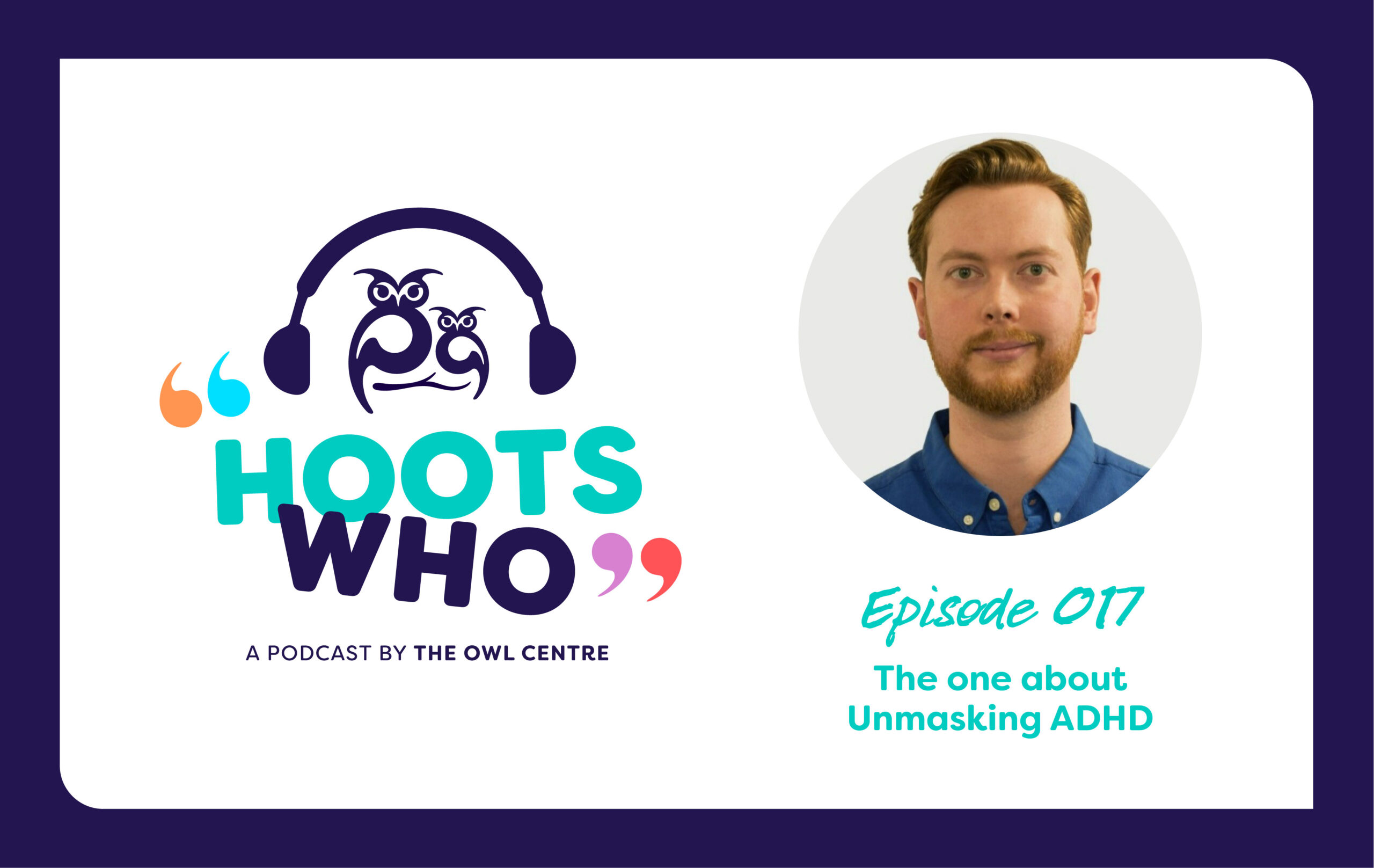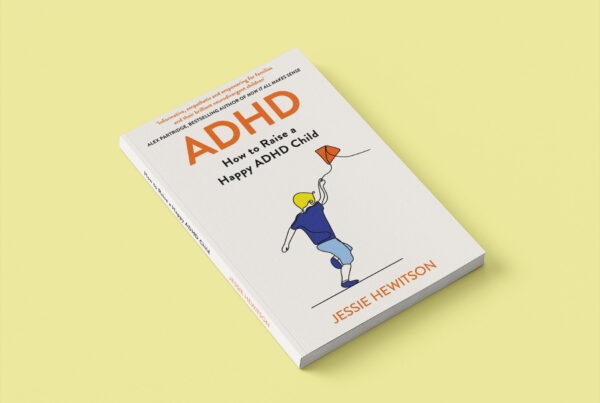Our latest Hoots Who Podcast has landed and this time we are joined by James Stanbury, Commercial Director at Wellbeing Solutions, for a conversation that is part personal story, part deep dive into how our brains work. From paddling pools in a summer heatwave to the serious business of ADHD assessments, James opens up about his quirks, his questions and why understanding yourself might just be the ultimate productivity hack.
Questioning Your Neurodivergent Brain: James’s Story
Some people cannot sit still. Others cannot sit still in their minds. For James, the brain is less a filing cabinet and more a glitter cannon; brilliant, unpredictable and sometimes a little messy. While Londoners sweltered, he was in leafy East Sussex with the paddling pool out, kids giggling in the garden and quietly embarking on a personal journey of self-discovery.
James works at the intersection of workplace wellbeing and neurodiversity, partnering with The Owl Centre to support organisations in understanding and celebrating different ways of thinking. That work, ironically, nudged him into reflecting on his own mind. “I have always been good with people,” he says. “Creative strategy? Yes please. Finishing off the boring bits? Not so much.”
Over time, he noticed patterns. The thrill of starting projects. The laser focus on hobbies he adored. The sudden drop in motivation when tasks became repetitive. His younger brother had already been diagnosed with ADHD and dyslexia, and James began to wonder if his own quirks had a name.
It was not about chasing a label. For James, it was about hacking his own brain and finding the tweaks that would let him work in flow more often, spin fewer plates and maybe avoid the “landmine moments” in his personal life when his words landed very differently to how he intended. “Most of our relationship hiccups,” he admits, “came from stepping on something invisible.”
So, he booked an ADHD assessment. He has completed the questionnaires, which were “robust” to say the least, and he is buzzing with curiosity about the outcome. “Understanding yourself is one of the most fascinating things you can do,” he says. “If I get a diagnosis, great. It is validation. If not, it is back to exploring other angles.”
James is clear that a brain like his is not broken. He rejects the idea that there is a single “normal” brain to measure against. “All brains are different. It’s society that decided there’s one model we should all fit.”
As for the future, whether the assessment confirms ADHD or not, James will keep searching for ways to work with his brain, not against it. He wants that elusive “flow state” he gets when racing cars or diving deep into a new passion to show up in the office. Because, as he puts it, “any barrier to moving the business forward is something I will find a way to overcome.”
Oh, and his best animal noise? Technically, it is an Aussie accent with plenty of “shrimp on the barbie”, but that’s a story and intonation pattern for another day.
So maybe we should all take a step back and get curious about the way our minds tick. What sparks our best ideas? What trips us up time and again? Which environments make us thrive and which ones drain us completely? James’s story is a reminder that your brain has its own rhythm and texture and the more you notice it, the more you can work with it rather than constantly wrestling it into shape.












